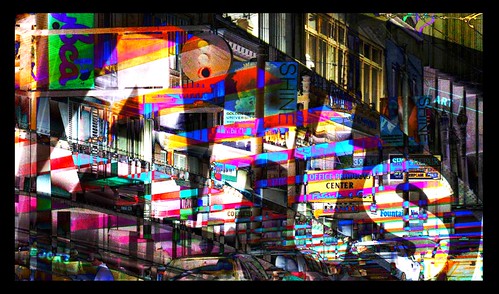Technology in Practice Model by Orlikowski
References
Orlikowski, W. (1992). The duality of technology: rethinking the conceptof technology in organizations. Organization Science, 3(3), 398–427.
Orlikowski, W. (1993). CASE tools as organizational change: investigating incremental and radical changes in systems development. MIS
Quarterly, 17(3), 309–340.
Orlikowski, W. (2000). Using technology and constituting structures: a practice lens for studying technology in organizations. Organization
Science, 11(4), 404–428. https://www.dhi.ac.uk/san/waysofbeing/data/data-crone-orlikowski-2008b.pdf
Orlikowski, W., & Iacono, S. C. (2001). Research commentary: desperately seeking the ‘IT’ in IT research—a call to theorizing the IT artifact.
Information Systems Research, 12(2), 121–134.
Orlikowski, W., & Robey, D. (1991). Information technology and the structuring of organizations. Information Systems Research, 2(2),
143–169
See also
Week 4 Technology In Practice Model_copy
https://4oops.edublogs.org/files/2021/09/Week-4-Technology-In-Practice-Model_copy.pdf





